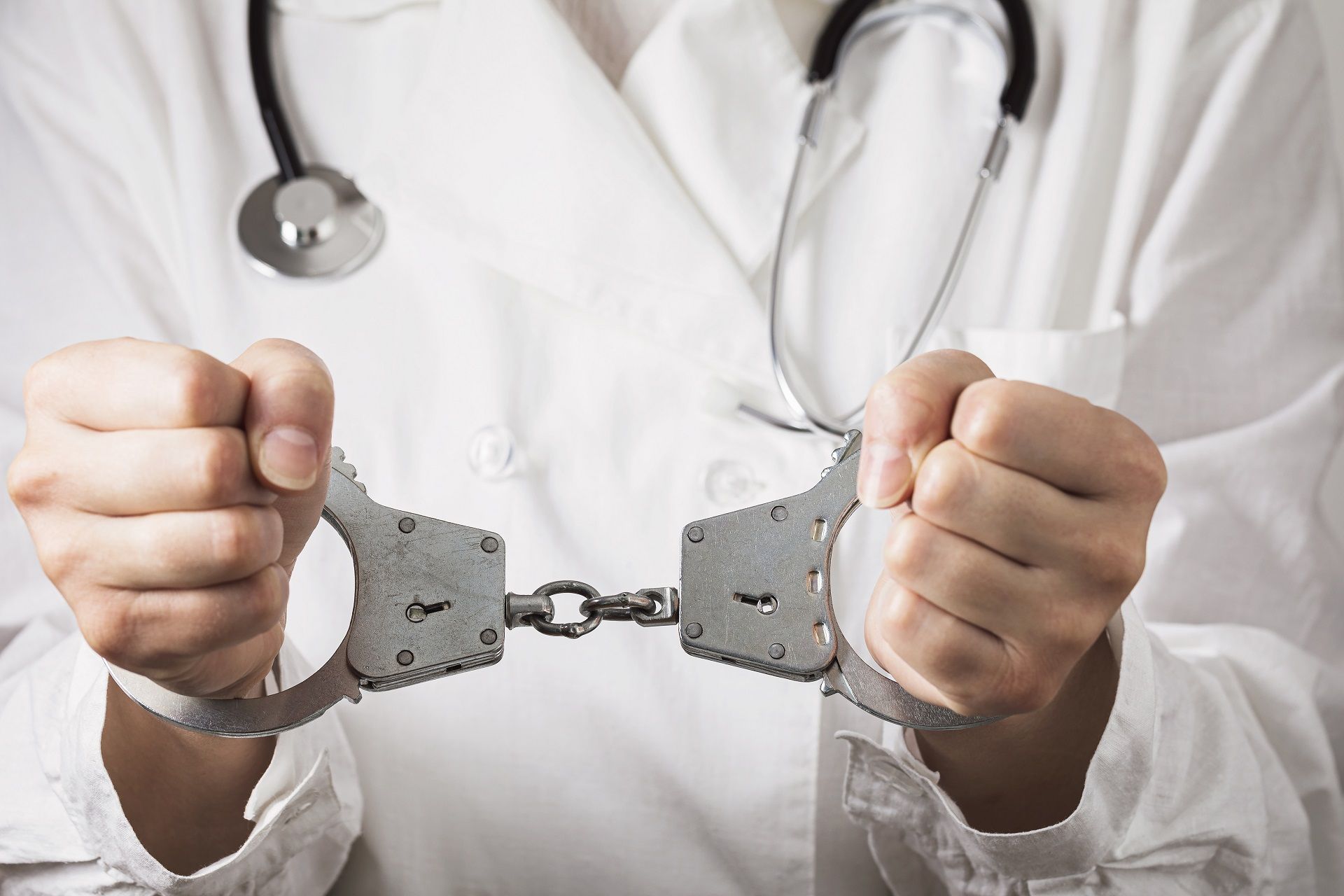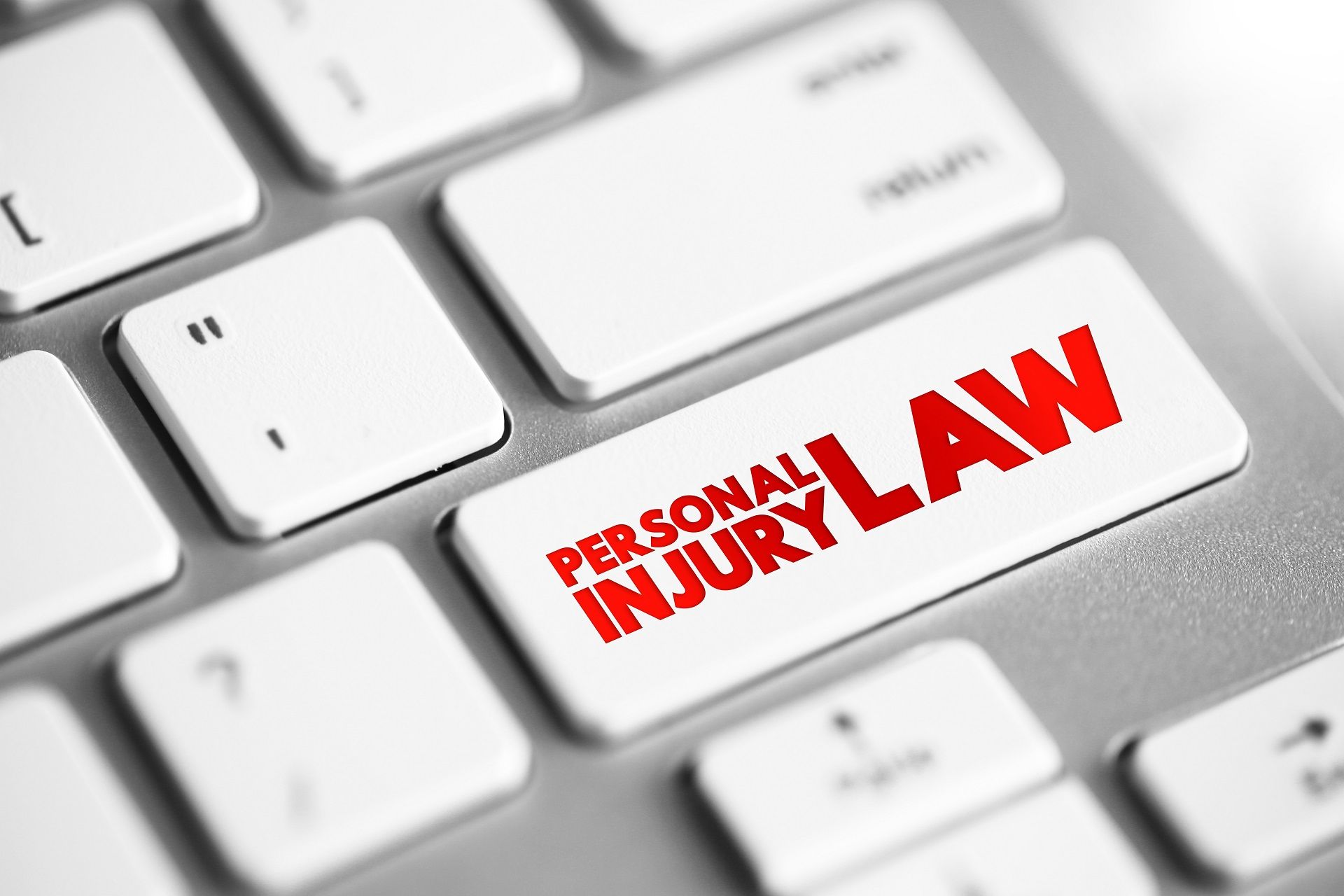Understanding Medical Malpractice Cases: Causes, Implications, and Legal Remedies

Medical malpractice instances are a blend of healthcare, legal matters, and patient rights. When healthcare professionals do not meet the expected standard of care in their field, patients can suffer harm. This can result in disputes and claims for compensation.
This guide will delve into the complexities of malpractice cases, covering common triggers, impacts on patients and healthcare providers, and the legal options available to those affected. Whether you are seeking fairness or a healthcare provider dealing with liability risks, understanding medical malpractice cases is crucial for safeguarding patient well-being and upholding ethics.
Understanding Medical Malpractice Cases
Medical malpractice occurs when a healthcare provider. Such as a doctor, nurse, or hospital. Deviates from the recognized standard of care, leading to harm to a patient. These cases stem from situations including misdiagnosis, surgical mishaps, medication errors, and failure to obtain consent.
Frequent Causes of Medical Malpractice Cases
1. Diagnostic Mistakes
Errors in diagnosis, such as misdiagnosis, delayed diagnosis, or inaccurate diagnosis, are triggers for malpractice cases. These mistakes can result in treatment delays and unnecessary procedures. Worsened health outcomes for patients.
2. Surgical Mistakes
Administering anesthesia comes with risks, and errors in dosage monitoring or delivery can result in complications or even death. Anesthesia malpractice cases may involve issues like not assessing risk factors and inadequate monitoring during surgery or drug interactions.
Failure to get consent before carrying out procedures or treatments can lead healthcare providers to face legal consequences.
3. Medication Errors
In nursing home settings, medical malpractice may occur, where residents could suffer from neglect, abuse, or inadequate care. Common issues include mistakes in medication administration, lack of supervision, and delays in addressing residents' medical needs.
Consequences of Medical Malpractice Cases
1. Financial Strain
Consequences of medical malpractice cases often include patients experiencing pain, emotional distress, or financial loss due to mistakes. Patients might endure suffering, such as disability or a diminished quality of life, because of negligence or subpar treatment.
Patients' trust in healthcare providers and institutions can be shaken when they undergo medical malpractice incidents. This could lead to feelings of betrayal or disillusionment with the healthcare system. This makes patients hesitant to seek help or follow treatment advice in the future.
2. Emotional Impact
Medical errors can place a burden on patients and their loved ones. The costs associated with treatment missed work opportunities, and ongoing healthcare requirements due to malpractice-induced injuries can lead to challenges and put a strain on resources.
Individuals affected by malpractice may endure distress, such as feelings of anxiety, sadness, and post-traumatic stress disorder (PTSD) following their ordeal. The emotional repercussions of mistakes can have lasting effects. May necessitate counseling or therapy for coping.
3. Reputation in the Field
Healthcare professionals involved in malpractice claims risk harm to their standing and careers. Unproven accusations of malpractice can damage a provider's reputation. Erode trust among patients and peers.
4. Escalating Insurance Expenses
Instances of malpractice can result in increased insurance premiums for healthcare providers and facilities as insurance companies adjust rates to accommodate the risks associated with actions and potential settlements. Soaring insurance expenses could impact patients' affordability and availability of healthcare services.
Legal Solutions for Medical Malpractice Cases
1. Financial Restitution for Losses
Individuals impacted by negligence may receive compensation for losses (like medical bills and lost wages) and intangible damages (such as pain and loss of companionship).
Compensation is designed to offer support and assistance to individuals impacted by errors.
2. Legal Responsibility
Medical malpractice cases hold healthcare professionals responsible for their conduct. Provide a way for patients to seek justice and accountability. Legal actions, such as malpractice lawsuits or settlements, can lead to measures, professional consequences, and improvements in medical procedures to prevent future mistakes.
3. Patient Advocacy and Improvement
Medical malpractice cases bring attention to safety concerns. Advocate for changes to enhance healthcare quality and decrease the occurrence of medical errors.
Organizations supporting patients, legislative efforts, and healthcare institutions strive to establish policies and protocols prioritizing safety and deterring malpractice.
4. Alternate Conflict Resolution
Apart from court proceedings, medical malpractice cases can be resolved through alternative dispute resolution methods like mediation or arbitration. These approaches provide a more efficient way of settling disputes while avoiding the time-consuming process and costs associated with a trial.
5. Apology Regulations
Certain states have implemented laws allowing healthcare providers to apologize to patients or their families without the risk of their statements being used against them in a malpractice lawsuit. These laws seek to encourage communication, apologies, and reconciliation between patients and providers after events.
6. Patient Safety Initiatives
Instances of negligence leading to malpractice lawsuits often trigger an examination of patient safety concerns, prompting efforts to enhance healthcare quality and prevent future errors. Healthcare institutions may introduce protocols, training schemes, and quality improvement programs to bolster safety and lower the likelihood of malpractice incidents.
Closing Thoughts: Upholding Patient Rights and Ensuring Responsibility
To wrap up, medical malpractice litigations are processes stemming from lapses in care by healthcare providers that result in harm to patients. Patients can assert their rights by gaining insight into the causes, consequences, and legal recourse related to medical malpractice issues.
Hold healthcare professionals accountable for subpar treatment. It is imperative for healthcare providers to prioritize safety, follow evidence-based guidelines, and foster transparent communication with patients to avert mistakes and reduce the chances of facing malpractice allegations.
At
OAS Inc., our dedication lies in assisting patients and healthcare practitioners in navigating the complexities surrounding medical malpractice cases while fostering a culture centered on safety and accountability in the realm of healthcare.
RECENT POSTS
CONTACT US
We will get back to you as soon as possible.
Please try again later.
Evaluation Request
Contact Us
We will get back to you as soon as possible.
Please try again later.
Contact
Contact Us
We will get back to you as soon as possible.
Please try again later.
All Rights Reserved.
This website is managed by Oamii.







